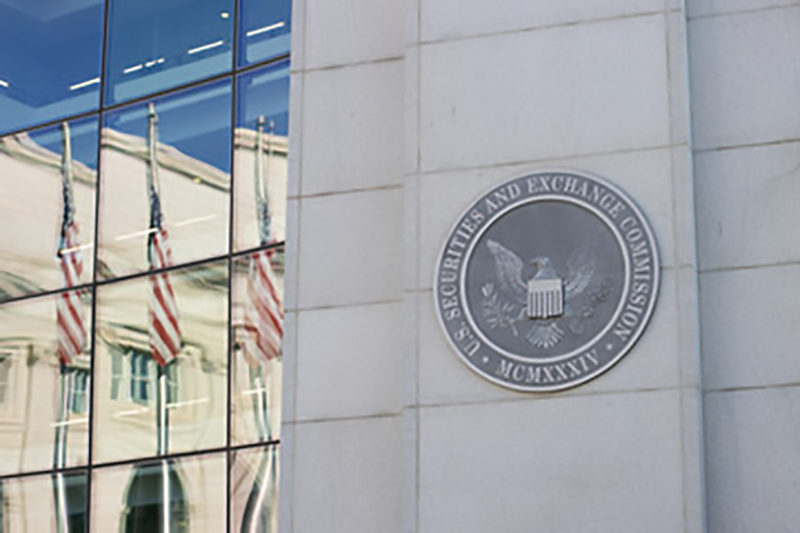In 2023, schools and colleges were hit by a record number of ransomware attacks. According to a report by Comparitech, there were 121 reported incidents, a big jump from the 71 attacks the year before.1
These attacks caused major disruptions forcing schools to find new ways to protect themselves from growing cyber threats.
Here are the report’s findings.

Ransomware Attacks On Schools & The Push For Better Reporting
Courtesy: Comparitech
On average, schools lost 12.6 days of classes last year due to these attacks, up from 8.7 days in 2021. That’s quite a bit of lost learning time. The report also found that recovering from these attacks cost schools a whopping $548,185 for each day they were down, based on data from 26 schools between 2018 and 2024.
Without a standard way to report these attacks, it’s tough to get an exact count of Ransomware incidents hitting schools and colleges.
To gather their data, Comparitech dug into IT news, data breach reports, and state reporting tools. But the researchers admit there are limits to finding all these attacks, so their results probably only show a small part of the real issue.
However, there’s a chance that more schools and colleges will have to report these Cyberattacks once the Cyber Incident Reporting for Critical Infrastructure Act of 2022 (CIRCIA) starts, which is expected to be by October 2025. The CIRCIA will require state education agencies and half of school districts to report to the Cybersecurity and Infrastructure Security Agency (CISA) within 72 hours if a Cyberattack causes problems. They also have to report within 24 hours if they pay a ransom to hackers.
Cyberattack Programs Aim To Protect Schools From Costly Attacks
According to the research by Comparitech, Cyberattacks can cause big financial problems for school districts. For instance, a Cyberattack in December on Ohio’s West Clermont Local School District is expected to cost the district $1.7 million. The district’s total revenue for 2023 was $96 million, according to a letter from Superintendent Natasha Adams.
More resources are being offered to improve Cybersecurity in K-12 schools. This includes CISA’s free Cyber Hygiene Services, which let the federal agency check and test school districts’ vulnerabilities in their external networks or public websites.
The Federal Communications Commission (FCC) is also starting a Cybersecurity Pilot Program for schools, with about $200 million being spent over the next three years. The program’s goal is to find and fix cyber risks schools face and put better protections in place.
Furthermore, the FBI and CISA have warned about an Iranian hacking group known by names like Pioneer Kitten, Fox Kitten, and RUBIDIUM. This group targets healthcare and schools, often spreading Ransomware. They break into networks to steal important information, then demand payment, threatening to release the data if they don’t get what they want.
Sophos’s 2024 State of Ransomware report, released on April 30, found that only 34 percent of state and local governments reported a Ransomware attack last year. Now, the federal and local government are taking more steps to stop Ransomware attacks by developing programs, establishing policies, and setting aside budgets to improve Cybersecurity for all industries.
| This brings up an incident in 2021 where the City of Tulsa successfully defended against a Ransomware attack and their decision to not pay the ransom. Their quick response to suspicious activity prevented a major breach, which is a rare victory in the fight against cyber threats. Read up on our tech news roundup here. |

FAQ
How Many Schools Have Been Breached By A Ransomware?
Based on public reports, K12 SIX found at least 325 Ransomware attacks on school districts across the U.S. between April 2016 and November 2022. From January 2023 to June 2024, at least 83 possible Ransomware attacks on school districts were reported, according to K12 SIX data shared only with CBS News. At least 21 of these attacks happened in the first half of 2024.
What Are The Biggest Cyber Threats To Schools?
There are many cyber threats to schools, but the common ones include phishing, social engineering, Ransomware, and Distributed Denial-of-Service (DDoS) attacks. Schools need to stay alert and improve their Cybersecurity to protect against these threats. Educational institutions often check all the boxes on a hacker’s list: outdated technology, understaffed IT teams, untrained users, unsecured personal devices, and vulnerable IoT devices.
How Can Students Be Affected By Cyberattacks?
Students can be affected by Cyberattacks in several ways. These attacks can lead to stolen Social Security numbers and financial information, as reported by educational institutions including UCLA, Stanford University’s School of Medicine, Yeshiva University, among others. Some data was even posted online, which can result in identity theft and financial loss for students. 2Secure recommends educational institutions improve cybersecurity measures and regularly train staff and students to help protect against these threats.

Source:
- Bischoff, P. (2021, August 31). Ransomware attacks on US schools and colleges cost $6.62bn in 2020. Comparitech. https://www.comparitech.com/blog/information-security/school-ransomware-attacks/





